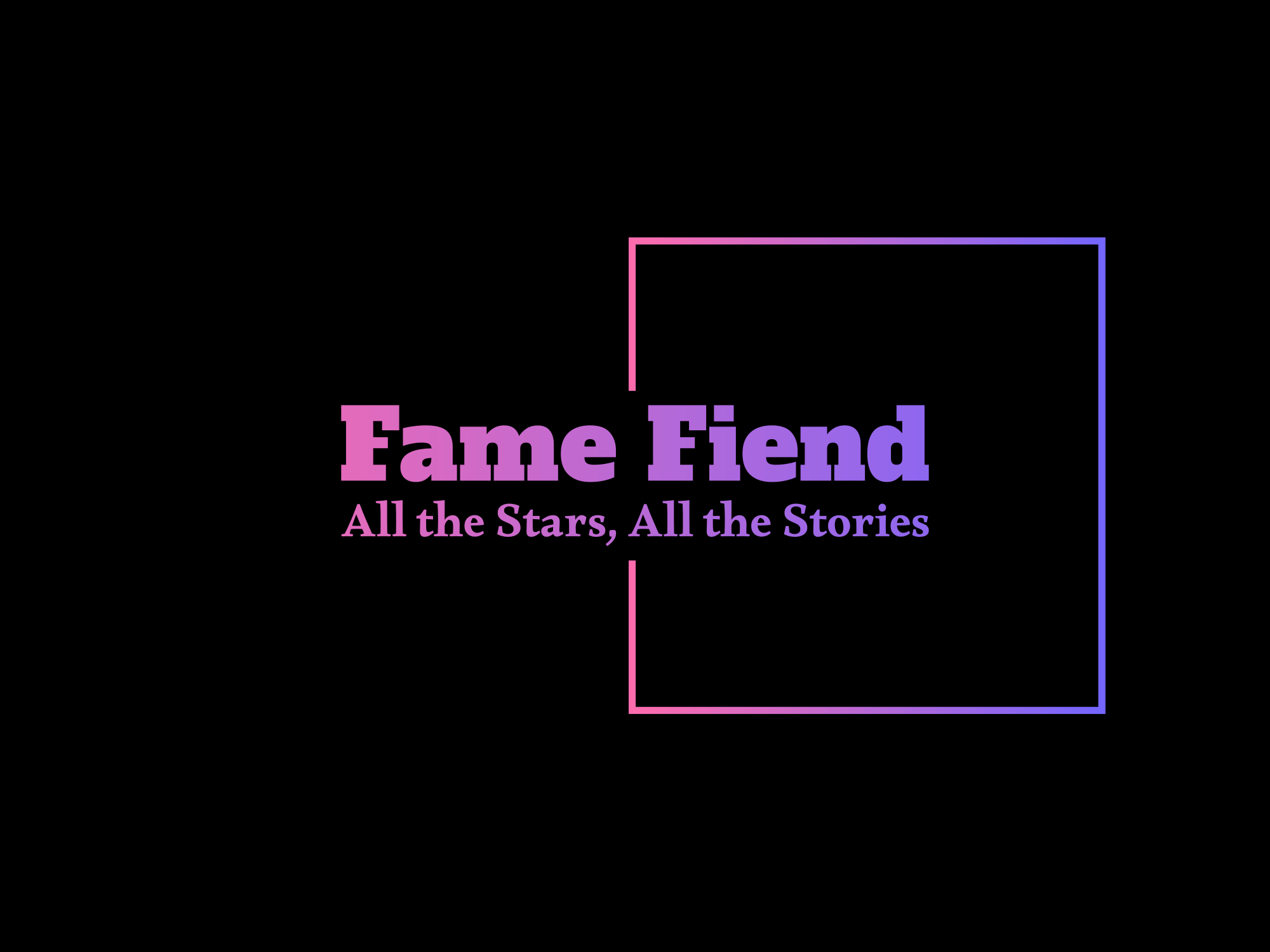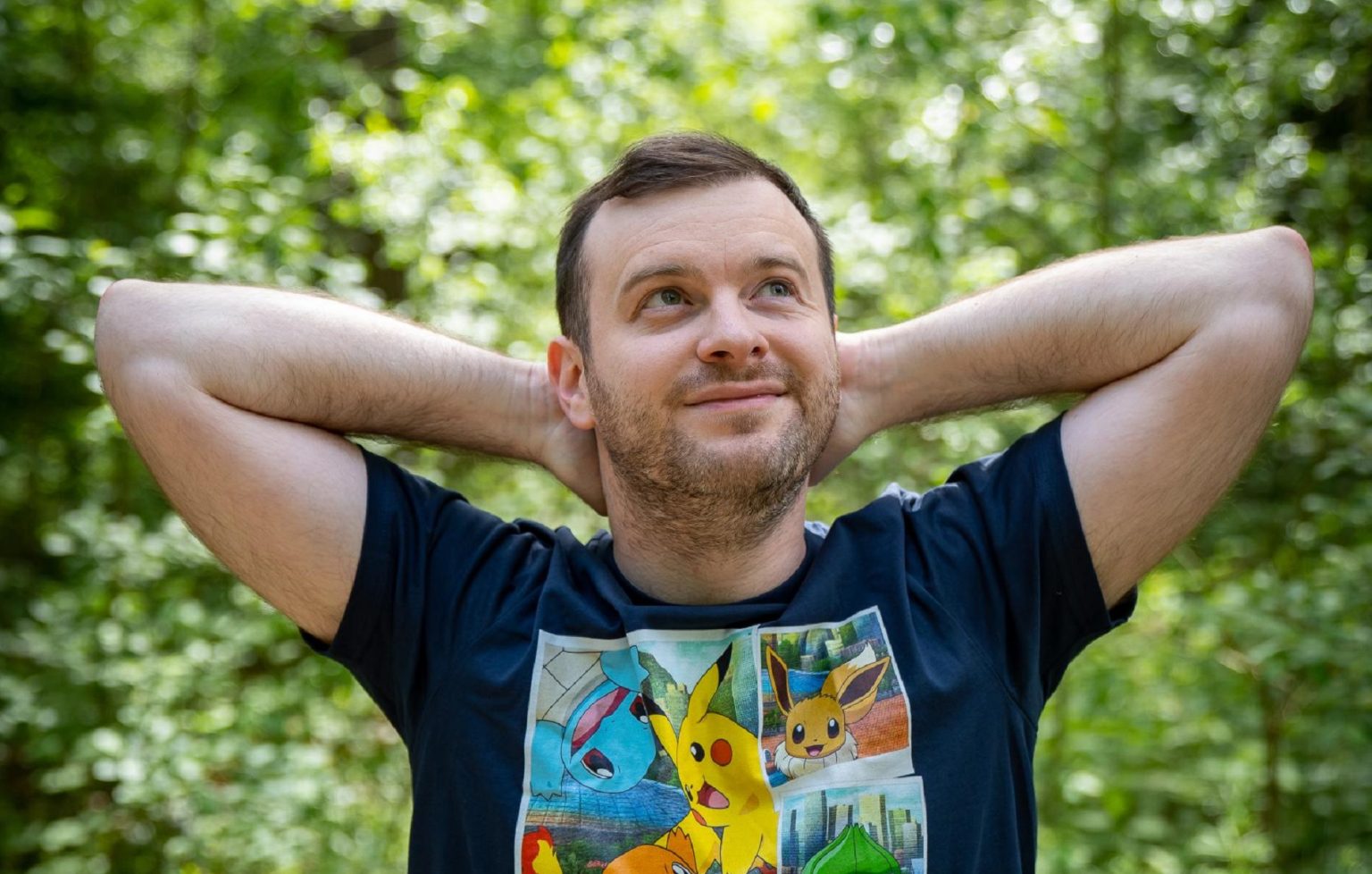Out of all major game developers, Nintendo has possibly the most contentious relationship with content creators. We’ve written before about its general reluctance to let creators post videos about its games—a reluctance that often manifests in takedown notices and copyright strikes. Its behavior has led to creators like PointCrow, Austin John, Garry’s Mod maker Garry Newman, and most recently Retro Game Corps. moving away from making content about Nintendo games, because for them, the risk of having their videos (and maybe even channels) deleted is simply not worth it.
So, it wasn’t out of the ordinary when YouTuber Domtendo, who’s been making content about Nintendo games since 2009, received a Digital Millennium Copyright Act (DMCA) takedown notice email from YouTube for his recent series of 43 videos about Nintendo game The Legend of Zelda: Echoes of Wisdom.
YouTube hadn’t just removed some of the series’ videos; it had also issued not one, but two copyright strikes on his channel. Per the platform’s Community Guidelines, if he got a third strike, his channel would be permanently deleted.
Subscribe to get the latest creator news
But then, as The Verge writes, Domtendo (who has just over 1.5 million subscribers) noticed the person who had filed the DMCA takedown request with YouTube on Nintendo’s behalf might not actually be someone from Nintendo. The filer’s email address wasn’t a company account—it was a personal one, created using encryption service Proton Mail. The request had been signed “Tatsumi Masaaki, Nintendo Legal Department, Nintendo of America.”
Creators can appeal takedown notices, so that’s exactly what Domtendo did, citing the discrepancy with “Tatsumi’s” identity. YouTube reinstated his videos and removed the copyright strikes—but then “Tatsumi” began emailing Domtendo directly, and he became concerned that this person would find another way to put his channel in danger.
Eventually he reached out to Nintendo directly to confirm whether it had a Tatsumi Masaaki on staff.
“Please note that tatsumi-masaaki@protonmail.com is not a legitimate Nintendo email address and the details contained within the communication do not align with Nintendo of America Inc.’s enforcement practices,” the company replied. “We are investigating further.”
Domtendo told The Verge his running theory is that “Tatsumi Masaaki” was a troll who had access to his community Discord server.
However, the takeaway here is less about one person deciding to target a content creator, and more about how that person was able to use YouTube’s systems to put Domtendo’s career on the line. If he had gotten just one more copyright strike, his channel would have been terminated. And while, as we mentioned above, there are appeals processes for situations like this, when creators do not believe they violated any of YouTube’s terms of service, those processes can take weeks.
“It’s [YouTube’s] fault,” Domtendo told The Verge. “Every idiot can strike every YouTuber and there is nearly no problem to do so. It’s insane. It has to change NOW.”
In its Copyright Transparency Report, YouTube says over 6% of takedown requests filed through its digital form are likely fake. It also says that its webform has a “10 times higher attempted abuse rate” than “copyright removal tools with limited access.”
YouTube spokesperson Jack Malon told The Verge that it has “dedicated teams working to detect and prevent abuse,” and that it “work[s] to ensure that any associated strikes are reversed.” But he wouldn’t comment on how “Tatsumi Masaaki’s” report slipped through and was judged legitimate enough to remove Domtendo’s videos and strike his account.
YouTube also wouldn’t say if it plans to investigate how to prevent this from happening to other creators.
In the meantime, Domtendo set a good example for what creators who are worried about this can do to protect themselves: Every time they get a takedown request, they should double-check to see if the request is coming from a legitimate person. If they can’t verify that the filer is actually associated with the company or person who owns the copyrighted content, they can do as Domtendo did, and reach out directly to the confirmed owner. It might just save them a strike–or two.

